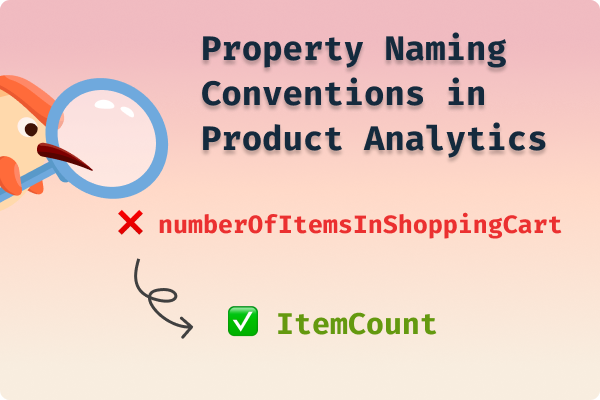Acquiring new customers is one of the most critical tasks for growing your business. But how do you know if your acquisition strategies are truly working? That’s where quantitative data comes in. By using data to measure and analyze how potential customers interact with your product, you can fine-tune your acquisition funnel and boost conversions at every stage.
In this blog, we’ll explore how you can leverage quantitative data to optimize your acquisition funnel, from raising awareness to closing conversions.
Understanding the Acquisition Funnel
Your product’s acquisition funnel outlines the journey potential customers take from first discovering your product to becoming paying users. The key stages in this funnel include Awareness, Interest, Consideration, and Conversion. Understanding user behavior at each stage is vital for improving your acquisition strategies and turning visitors into loyal customers. That’s where quantitative data becomes essential—it helps you track what’s working and where users are dropping off.
Key Metrics to Track in the Acquisition Funnel
To get the most out of your acquisition funnel, you need to focus on the right metrics at each stage. Here are some of the key metrics you should be tracking:
- Impressions & Click-through Rates (CTR): These metrics tell you how well your ads or content are attracting users in the awareness stage. A low CTR might indicate that your messaging needs refinement.
- Conversion Rates: This measures how effectively users are moving from one stage to the next. If your conversion rates are low between stages, you might need to optimize your CTAs, landing pages, or offers.
- Cost Per Acquisition (CPA): This metric evaluates the cost-effectiveness of your acquisition campaigns. If your CPA is too high, you may need to reassess your targeting or campaign strategy.
- Bounce Rate: This shows how many users leave your website without taking any action. High bounce rates could signal a disconnect between user expectations and your landing page content.
- Customer Lifetime Value (CLTV): While often considered a retention metric, CLTV is useful for assessing acquisition success, as it shows how valuable your newly acquired customers are in the long term.
How to Collect and Analyze Quantitative Data
There are several ways to collect the data you need to improve your acquisition funnel. Tools like Google Analytics, CRM software, and tracking pixels can provide insights into user behavior at each stage. Additionally, A/B testing can help you refine specific elements like ad copy, landing page design, or checkout flow. The key is to segment your data by user demographics, traffic sources, and other relevant factors to get deeper insights into which acquisition strategies work best.
Using Quantitative Data to Optimize Each Funnel Stage
Once you’ve collected your data, it’s time to use it to improve your funnel. Here’s how you can optimize each stage:
- Awareness: By tracking impressions and CTR, you can optimize your ad placements and improve your targeting to ensure the right people are seeing your product. If CTR is low, consider revisiting your messaging to better match user intent.
- Interest: Data on user engagement, such as time spent on pages or interactions with CTAs, can guide you in refining landing pages. A/B test your call-to-action buttons or form placement to see what drives more clicks.
- Consideration: Lead nurturing tools can help you track how users engage with your content, such as email open rates or product page visits. This allows you to deliver more personalized content that keeps them moving through the funnel.
- Conversion: Analyzing checkout or signup flows can reveal friction points that lead to abandoned carts or incomplete signups. Use this data to streamline the process by simplifying forms or adding trust elements like customer reviews or security badges.
Best Practices for Leveraging Quantitative Data
- Regular Tracking: Continuously monitor your metrics to stay on top of your acquisition performance.
- Data-driven Decisions: Make decisions based on data rather than assumptions.
- Combine Data with Qualitative Insights: While quantitative data is valuable, combining it with user feedback or usability testing can provide deeper insights.
- Test and Iterate: Use A/B testing to refine different parts of your funnel, from ad copy to checkout processes.
Conclusion
Quantitative data is a powerful tool for optimizing your product’s acquisition funnel. By tracking key metrics at each stage and making data-driven decisions, you can enhance user experiences, improve conversion rates, and ultimately drive growth. Start by focusing on the key metrics, testing small changes, and iterating on what works.



.svg)















.png)




.svg)
